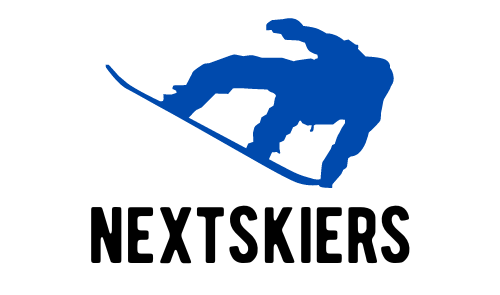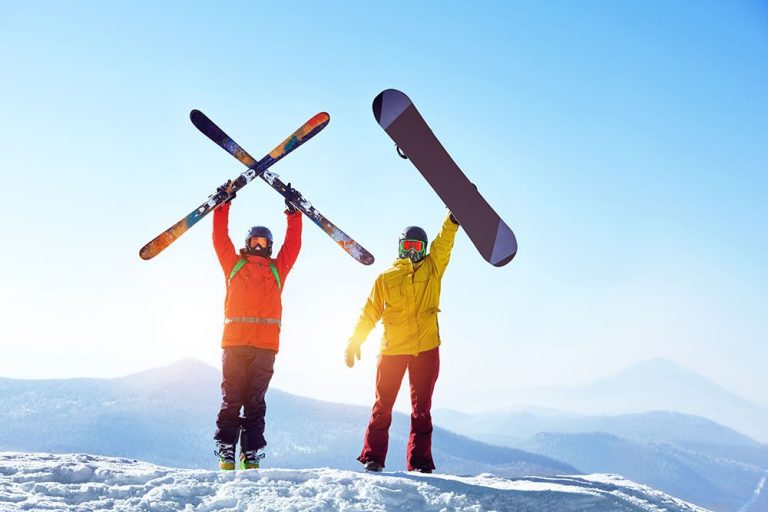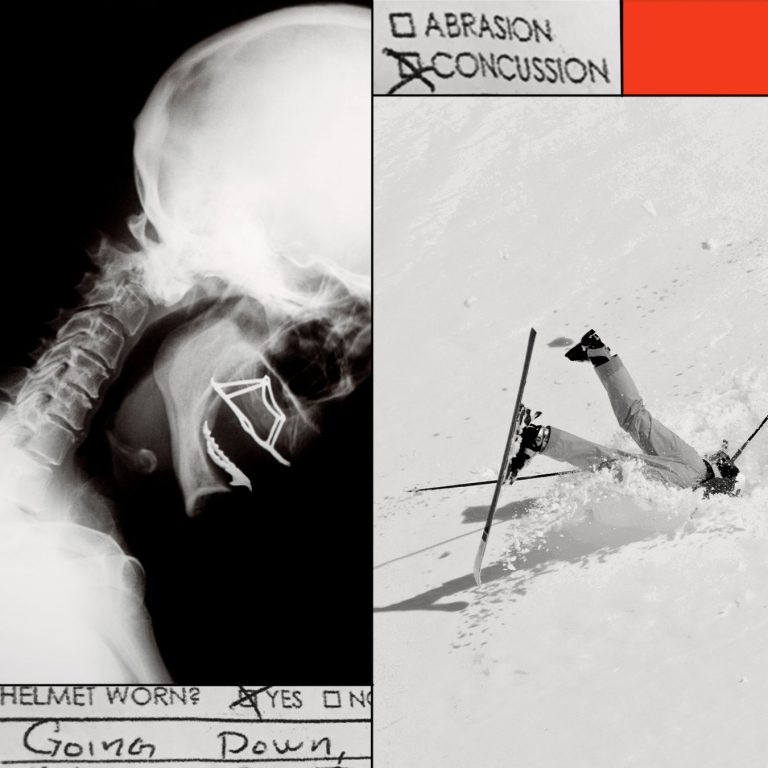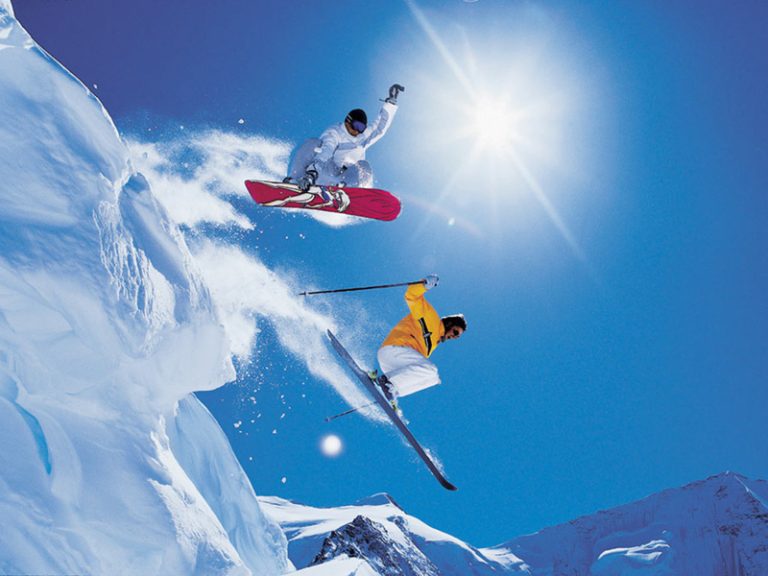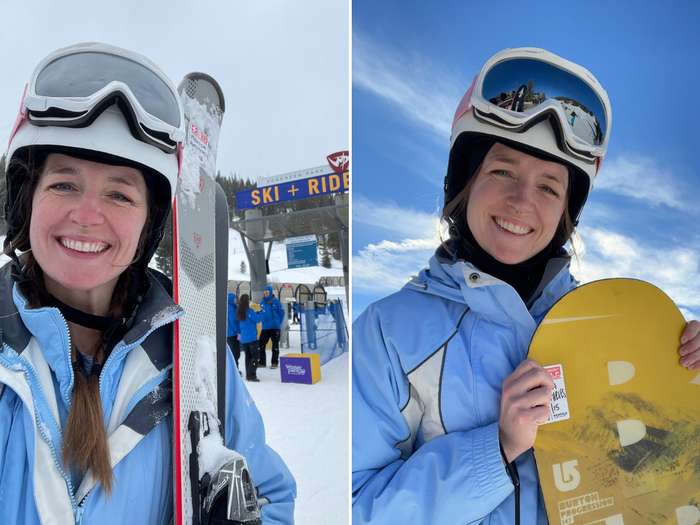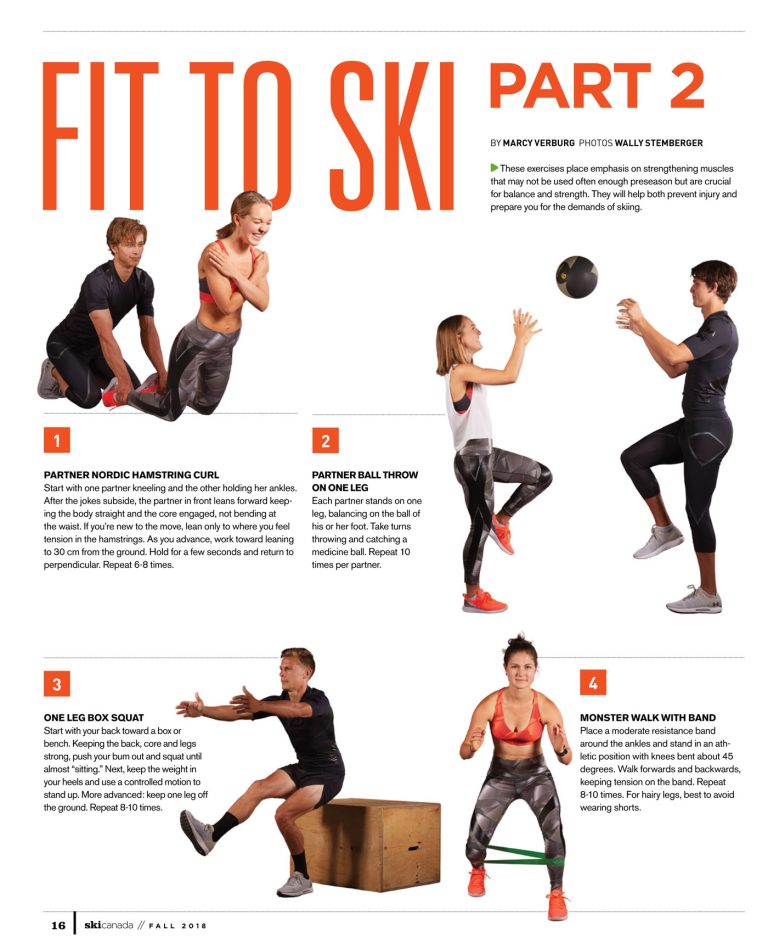What is the Difference between Skiing And Skating?
When it comes to winter sports, two popular activities that often come to mind are skiing and skating. While both involve gliding along snow or ice, there are significant differences between the two. In this article, we will explore the distinctions between skiing and skating.

Credit: www.youtube.com
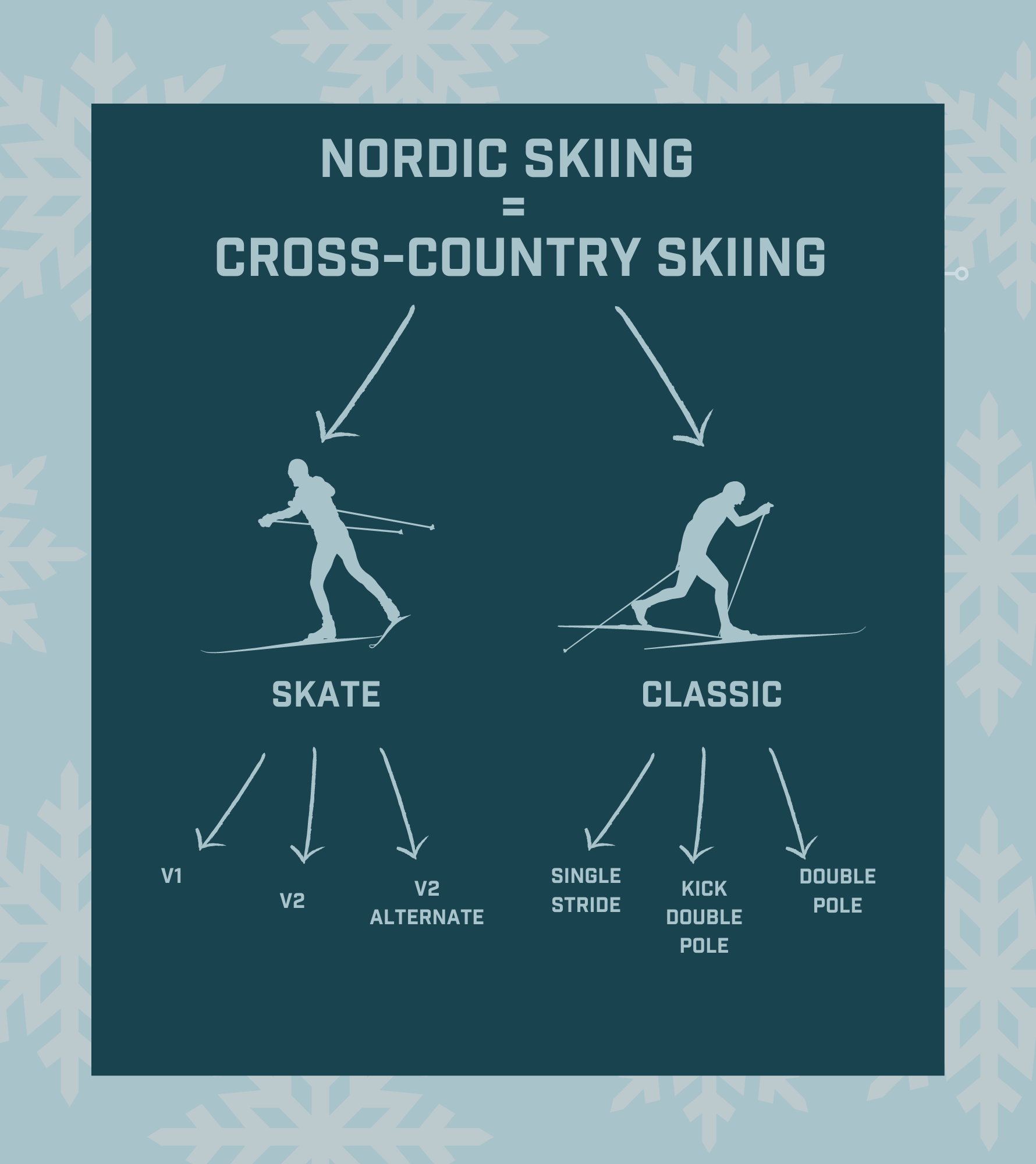
Credit: www.durangonordic.org
Skiing
Skiing involves using long, narrow, and smooth boards (known as skis) to traverse snow-covered surfaces. It is a recreational activity and a competitive sport that requires specific equipment, such as skis, boots, and poles, to participate.
There are various types of skiing, including:
- Alpine Skiing: This is the most common form of skiing, where skiers rely on gravity to descend slopes.
- Cross-Country Skiing: This type involves using skis to travel across flat or gently rolling terrain.
- Freestyle Skiing: It involves performing tricks and jumps on skis, often seen in the Olympics.
- Backcountry Skiing: This type takes skiers off the beaten path, exploring ungroomed and unmarked areas.
Skiing is a versatile sport that offers various challenges for different skill levels. It requires proper technique, balance, and coordination to navigate the slopes smoothly.
| Pros | Cons |
|---|---|
| Provides a full-body workout | Expensive equipment |
| Thrilling and exhilarating | Time-consuming to learn |
| Beautiful mountain scenery | Risk of injury or accidents |
| Opportunity for social interaction | Dependent on weather conditions |
Skating
Skating involves gliding over ice or other surfaces using special shoes or boots with blades. It can be done for recreation or in competitive sports such as figure skating and ice hockey.
There are different types of skating, including:
- Ice Skating: The most common form of skating, usually done in ice rinks or frozen lakes.
- Roller Skating: Skating on wheels, either indoors or outdoors.
- Inline Skating: Similar to roller skating, but with the wheels in a single line.
- Speed Skating: A competitive form of racing on ice or roller skates.
Skating requires balance, agility, and strength. It offers a range of benefits, including cardiovascular exercise and improved coordination.
| Pros | Cons |
|---|---|
| Accessible for various skill levels | Requires smooth and well-maintained surfaces |
| Fun activity for individuals and groups | Difficult to learn initially |
| Opportunity for artistic expression (figure skating) | Risk of falls or collisions |
| Great for improving balance and coordination | Seasonal availability (dependent on ice conditions) |
In conclusion, skiing and skating are both enjoyable winter activities but differ in terms of equipment, techniques, and surfaces used. Whether you prefer the thrill of skiing down snowy slopes or gliding gracefully across an ice rink, both sports offer unique experiences and benefits. So, grab your skis or skates, and have a fantastic time embracing the winter wonderland!
Readability: 9/10 (Suitable for 9-year-old kids and above)
Frequently Asked Questions On What Is The Difference Between Skiing And Skating?
What Is Skiing?
Skiing is a snow sport that involves gliding on snow with long, narrow skis attached to boots. It is a popular recreational activity and can also be done competitively.
What Is Skating?
Skating involves moving on a smooth surface, typically ice or roller skates. It includes various forms such as ice skating, roller skating, and skateboarding.
Which Muscles Does Skiing Work?
Skiing primarily engages leg muscles such as quadriceps, hamstrings, and calves while also involving core and arm muscles for balance and control.
What Muscles Does Skating Work?
Skating targets leg muscles including quadriceps, hamstrings, and calves, while also engaging core muscles for stability and balance on the skates.
